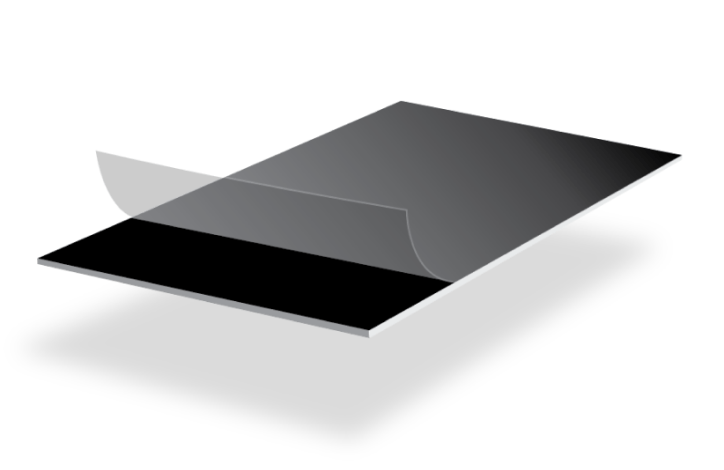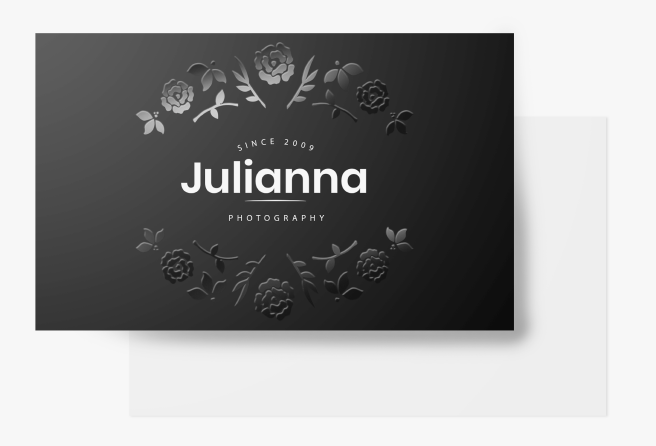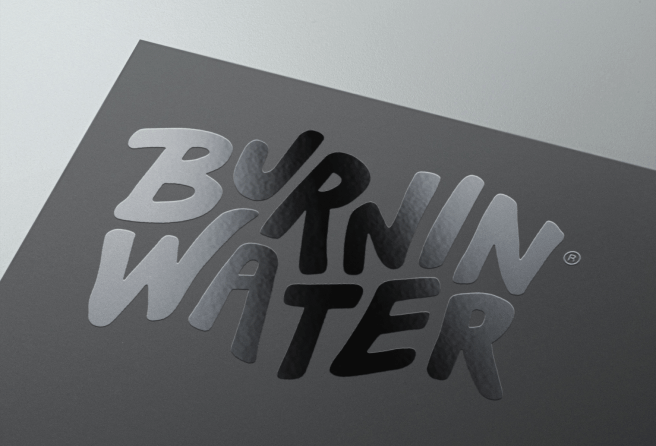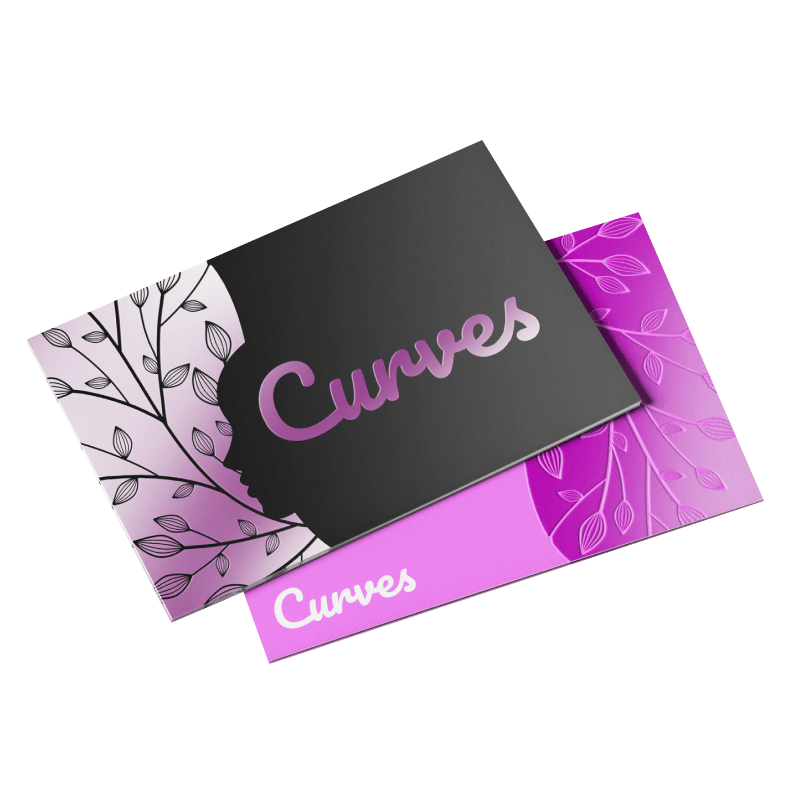Postcards
Matte Lamination + SPOT UV
Print laminated postcards with raised spot gloss for a premium marketing tool.
- Silky matte lamination
- Slightly raised clear UV gloss
- Lamination provides a protective layer for cards
- Perfect for adding tactile elements to print
Premium Thick Postcards
Our 16pt C2S stock is covered in matte lamination for 18pt cards. The result is professional and luxurious.


Clear Spot Gloss
By supplying a spot UV file, you indicate where you would like us to add the glossy UV. This creates beautiful results that make the design pop.
Making Print Tactile
Run your fingers over the raised spot UV on soft, smooth lamination to see how print can offer a memorable tactile experience.

Please submit two PDF files:
- Regular full color artwork
- Spot UV template indicating the area of the SPOT
On the spot UV template file, indicate the spot UV areas by using 100% K. Non-UV areas should be white. For best results, ensure this file is vector.
If you require one side to be completed UV coated, the corresponding page in your template file should be entirely filled with 100% K.
If ordering a 4/4 job with spot UV on only one side, please ensure that page 1 of your artwork is the spot UV side.
 We do not recommend extending the spot UV design to the edge of the card, as there would be a high possibility of the varnish peeling off. There should be at least a 5mm varnish-free area around the edges. Failing to provide this could result in delays and/or unexpected print results.
We do not recommend extending the spot UV design to the edge of the card, as there would be a high possibility of the varnish peeling off. There should be at least a 5mm varnish-free area around the edges. Failing to provide this could result in delays and/or unexpected print results.
Spot UV Accuracy
Positioning of the spot UV cannot be 100% guaranteed. Please note that there may be a shift of approximately 1/16" in the spot UV position on the printed product. We do not recommend placing spot UV on small text or very small images.
How to Prepare Your Files
Download Setup Guide
Get It NowHow to set up multi-page files properly
File Orientation Guide
Learn MoreHow to set up proper orientation for your files
File Orientation refers to the orientation of the artwork files submitted. Ensure that they are submitted to back up properly to produce the intended result.
Flat Artwork (Postcards, Flyers etc.)

How To Set Up Your Files
Learn MoreLearn how to set up your files the right way.
General File Preparation Guidelines
- Download our guides to ensure a more optimal print result.
- Be sure to DELETE any hidden layers that are not intended to print (ie: setup guide layers or other hidden artwork layers) to ensure no risk of them appearing on the final print.
- Each job (including multiple paged projects) must be submitted as a single PDF file. Ensure that all pages are the same size.
- Files must be submitted with proper orientation to ensure proper back up.
- It is best to try to avoid using borders in your design. If a border is too close to the trim, the trim may be slightly off-center.
- File must consist of 1/8" bleed and all important art and text must be within the safety margin.
- Ensure that your PDF is high res and that all images are CMYK at 300 DPI.
- Black type should have the following values: C0, M0, Y0, K100.
- Embed or outline all fonts.
- For best colour results, supply a CMYK only files.


 Fast turnaround on instant printing
Fast turnaround on instant printing Call 416-699-1555
Call 416-699-1555 Call Us to Speak with an Agent
Call Us to Speak with an Agent Friendly Customer Service
Friendly Customer Service